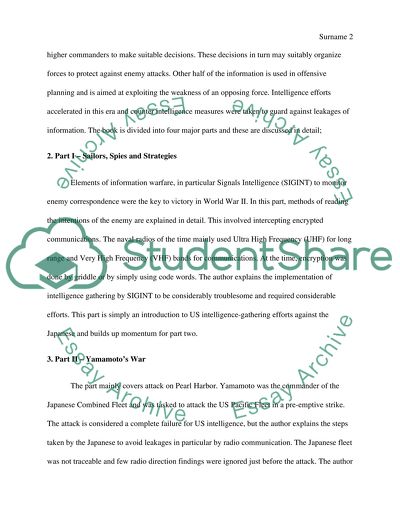Cite this document
(“Book Review - Combined Fleet Decoded: The Secret History of American Report/”, n.d.)
Retrieved from https://studentshare.org/military/1447197-book-review-combined-fleet-decoded-the-secret
Retrieved from https://studentshare.org/military/1447197-book-review-combined-fleet-decoded-the-secret
(Book Review - Combined Fleet Decoded: The Secret History of American Report/)
https://studentshare.org/military/1447197-book-review-combined-fleet-decoded-the-secret.
https://studentshare.org/military/1447197-book-review-combined-fleet-decoded-the-secret.
“Book Review - Combined Fleet Decoded: The Secret History of American Report/”, n.d. https://studentshare.org/military/1447197-book-review-combined-fleet-decoded-the-secret.


